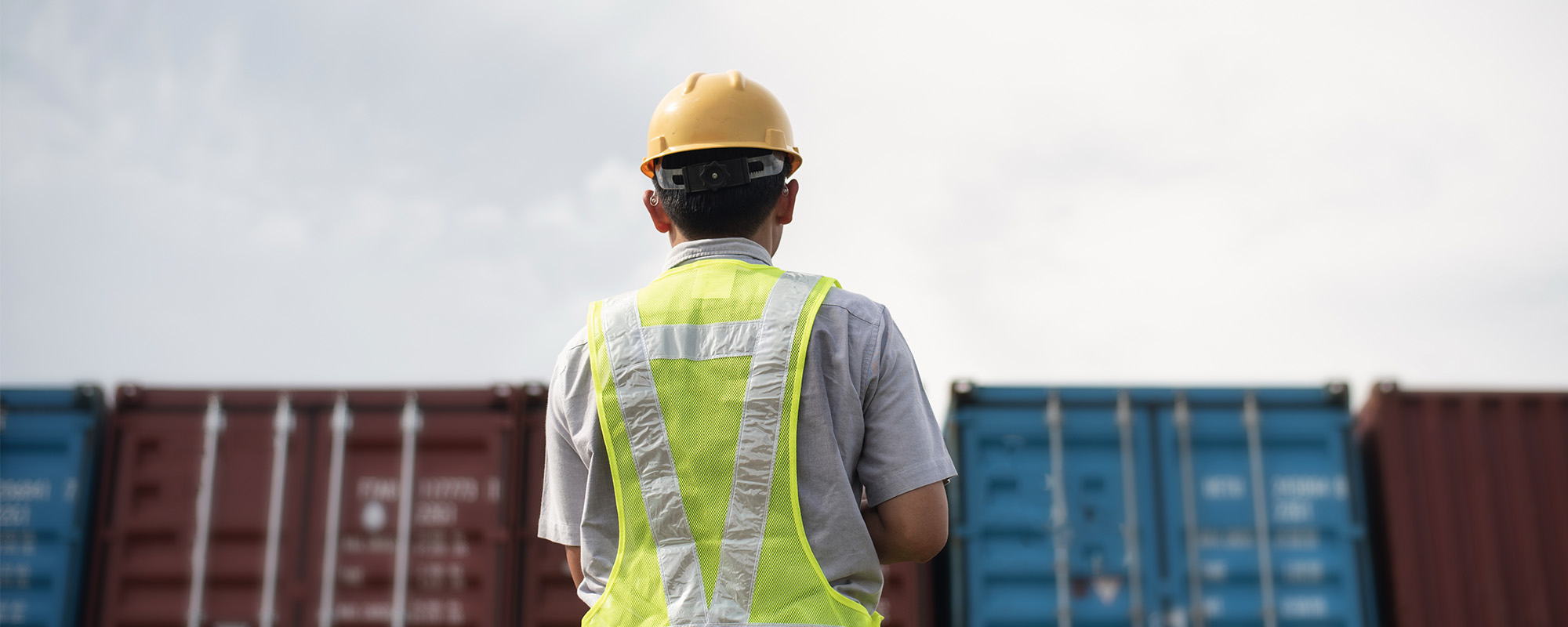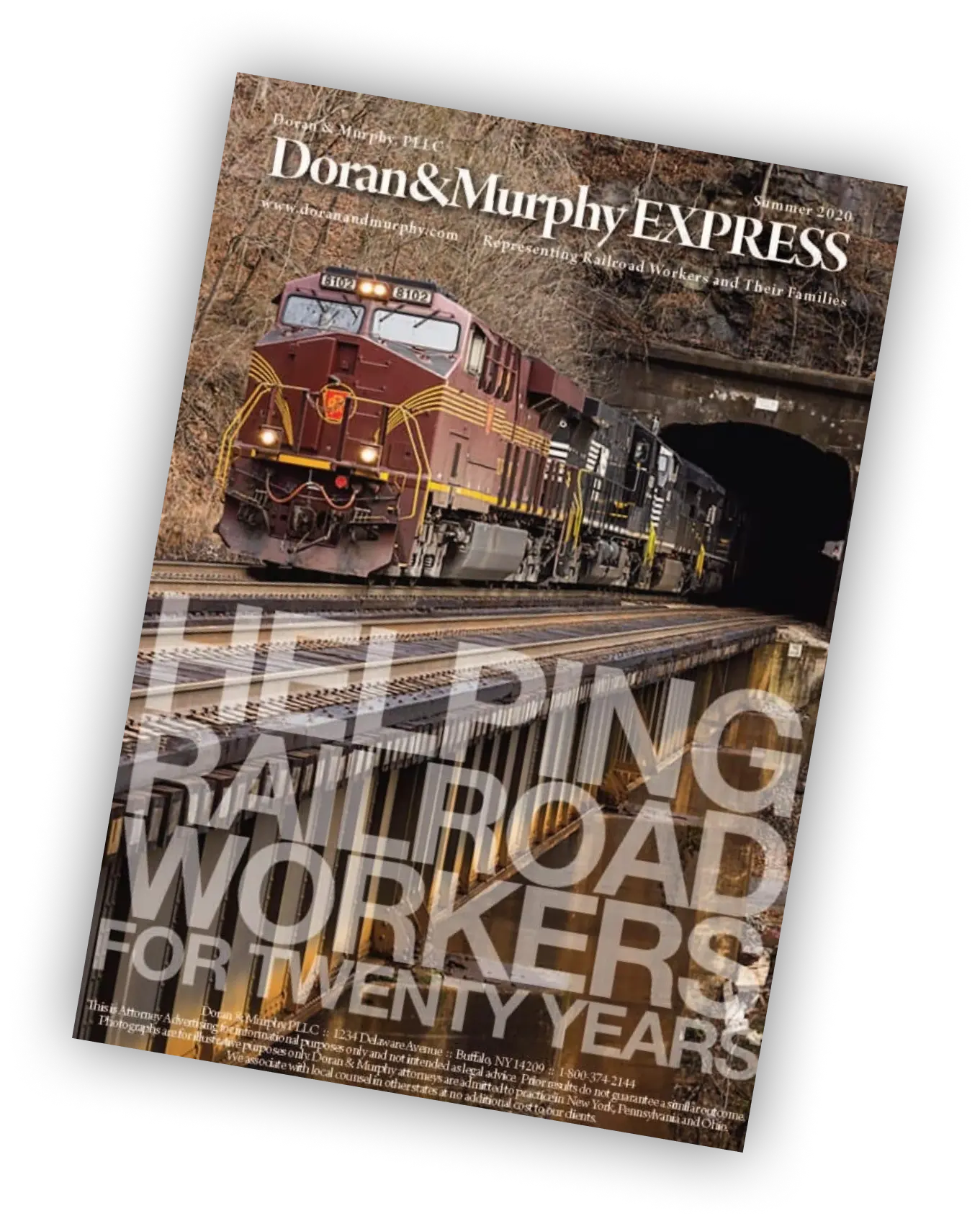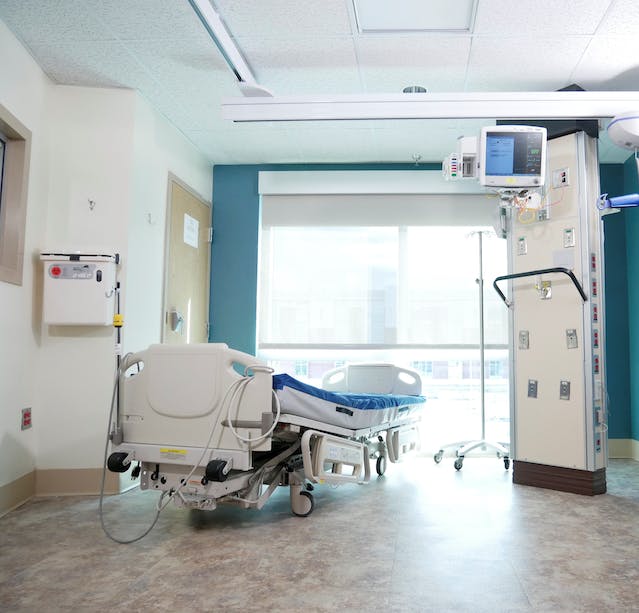
There is an undeniable trend in the railroad industry to increase profits by ignoring the safety concerns of railroad employees and the general public. One way railroad companies do this is by increasing the length of freight trains traveling on America’s railroads. These trains can stretch for miles and often carry deadly chemical cargo. The concept is simple: the more freight that is being shipped – the more money they make. Unfortunately, the longer the train, the harder it is to control and stop. At the same time, the amount of crew members operating these behemoths has been consistently reduced over the years. The fear is that bigger trains operated by fewer crew members will result in more catastrophic accidents, like the recent derailment in East Palestine, Ohio.
There is currently no federal limit on freight train length, leaving railroad companies to continue pushing the limits of train size. A recent study published by the Society for Risk Analysis, however, determined that longer trains do, in fact, pose a greater risk of derailment. The study concluded that replacing two 50-car trains with one 100-car train raises the aggregate odds of derailment by 11 percent, even accounting for an overall decrease in the number of trains running. A 200-car train would increase the risk by 24 percent compared with four 50-car trains, according to the team’s calculations.
This was the first time that anyone has analyzed the risks involved with running longer trains. The data compiled in the study will be crucial to the effort to get the federal government to issue regulations concerning train length. Not surprisingly, lobbying groups for the railroad industry have criticized the study’s methods and findings, but to railroad employees and union safety officials, the study merely confirms what they already knew – that long trains derail more often than shorter trains.





